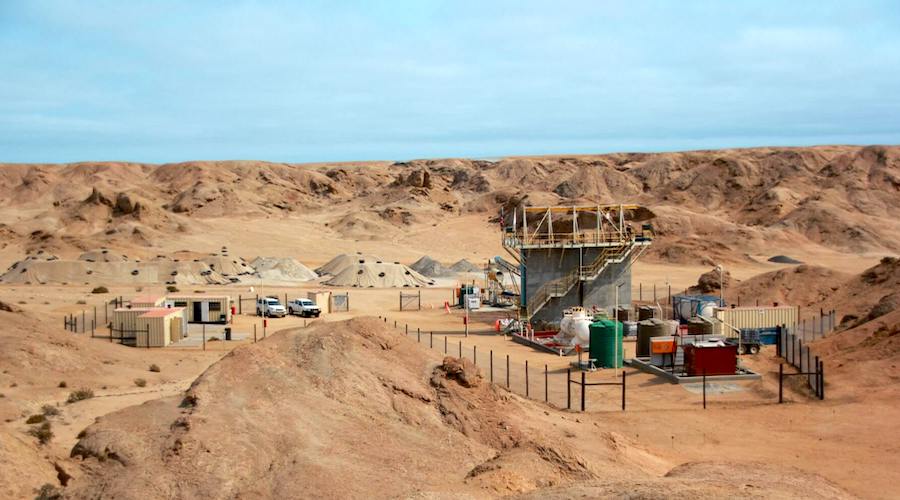Column: China’s coal use and output are rising, even as renewables surge

China’s thermal power generation returned to growth in August for the first time in four months, but it still lagged the increase in overall electricity output as renewables continued to surge.
Electricity from thermal sources rose 3.7% in August from a year earlier to 614.9 billion kilowatt-hours (kWh), according to official data released on Sept. 14.
Thermal power in China is overwhelmingly coal-fired, with only a small amount coming from natural gas.
The gain in thermal generation was less than the 5.8% rise in total electricity output to 907.4 billion kWh, reflecting the strong increase in clean energy production.
Hydropower rose 10.7% in August from the same month in 2023 to reach 163.5 billion kWh, although it is worth noting the pace of growth decelerated from July’s 36.2% surge.
The contribution of renewables also continued to rise strongly, with solar output surging 21.7% from a year earlier, while wind gained 6.6%. Nuclear generation rose 4.9% in August.
The August power generation data confirms two trends that are shaping China’s energy landscape.
The first is that renewables are taking an ever bigger share of total electricity output, and this is likely to continue.
The second is that while coal’s share in generation is sliding, it remains the bedrock of China’s energy system and is likely to remain that way for at least another decade.
The rapid rollout of renewables all but guarantees that much of the increase in demand for electricity in coming years will be met by wind and solar.
In the first seven months of this year installed solar capacity reached 124 gigawatts (GW), an increase of 28% from the same period in 2023.
Installed wind capacity rose 38 GW over the same period, a gain of 6% from the first seven months of 2024.
In contrast, in the first seven months of 2024, new thermal power capacity of 24 GW was commissioned, while hydropower saw only a marginal increase and nuclear remained steady.

Coal holds on
While the deployment of renewables is resulting in them claiming a larger share of generation, the amount of electricity from coal is still rising, and will likely continue to do so.
China is still building new coal-fired plants at a rapid pace, with data from the Global Energy Monitor showing 173.5 GW currently under construction, which is about 76% of the global total.
While older coal-fired plants will be retired, China is on track to increase its total generation from coal from the current 1,147 GW in coming years.
This means that the world’s biggest coal producer and importer is likely to mine and buy even more coal.
China’s coal output rose 2.8% in August from a year earlier to 396.55 million metric tons as production ramped up to meet the increased electricity demand, which in turn was stoked by hotter-than-usual summer temperatures.
Coal demand for industrial processes such as cement and coal-to-chemicals is also increasing.
This has led to rising prices for thermal coal in China’s domestic market. The price at the northern port of Qinhuangdao , as assessed by consultants SteelHome, ended at 855 yuan ($120.60) a ton last week, up from a recent low of 825 yuan in late August.
Firmer domestic prices have kept seaborne imports competitive, with data from commodity analysts Kpler showing arrivals of 30.42 million tons of thermal coal in August, a three-month high and up from July’s 28.55 million.
September imports of seaborne thermal coal are also on track for a robust outcome, with Kpler estimating 27.77 million tons, a figure that is likely to be revised higher as more cargoes are assessed by the end of the month.
(The opinions expressed here are those of the author, Clyde Russell, a columnist for Reuters.)
(Editing by Jacqueline Wong)
More News
{{ commodity.name }}
{{ post.title }}
{{ post.date }}



Comments